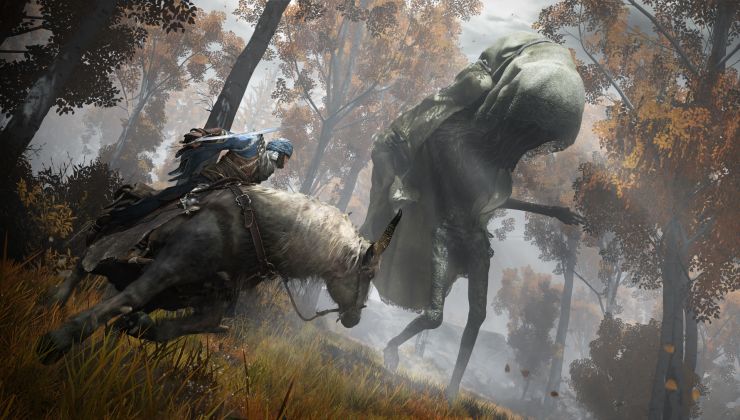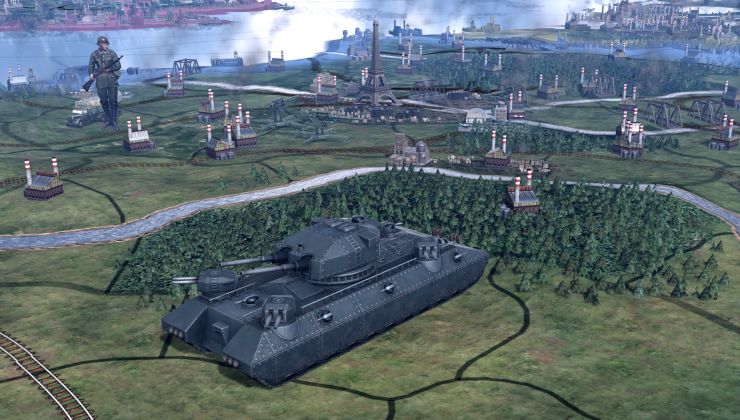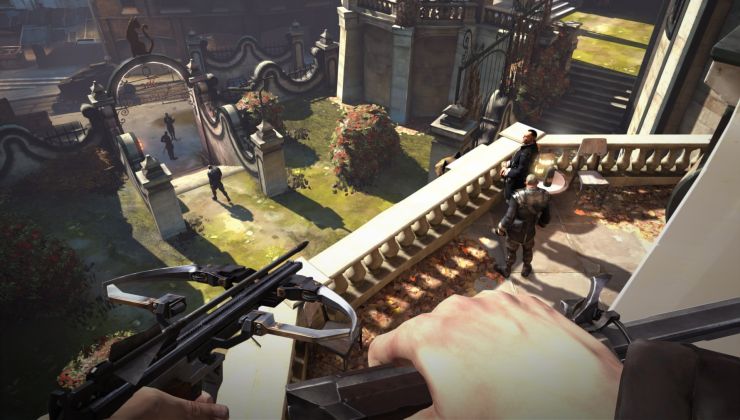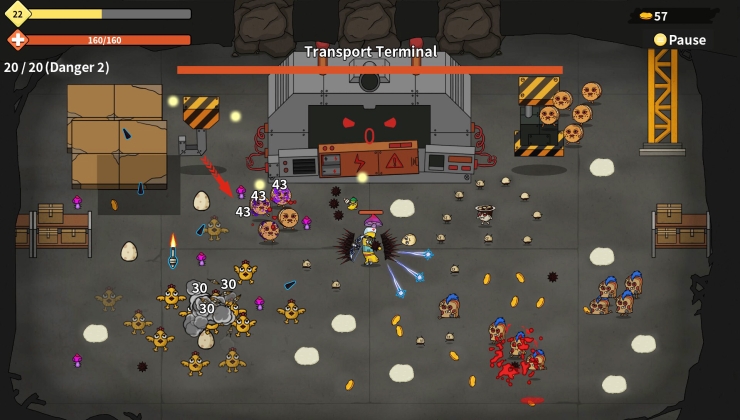As we speculated previously, Valve have now officially announced their new version of 'Steam Play' for Linux gaming using a modified distribution of Wine called Proton, which is available on GitHub.
What does it do? In short: it allows you to play Windows games on Linux, directly through the Steam client as if they were a Linux game.
What many people suspected turned out to be true, DXVK development was actually funded by Valve. They actually employed the DXVK developer since February 2018. On top of that, they also helped to fund: vkd3d (Direct3D 12 implementation based on Vulkan), OpenVR and Steamworks native API bridges, wined3d performance and functionality fixes for Direct3D 9 and Direct3D 11 and more.
The amount of work that has gone into this—it's ridiculous.
Here's what they say it improves:
- Windows games with no Linux version currently available can now be installed and run directly from the Linux Steam client, complete with native Steamworks and OpenVR support.
- DirectX 11 and 12 implementations are now based on Vulkan, resulting in improved game compatibility and reduced performance impact.
- Fullscreen support has been improved: fullscreen games will be seamlessly stretched to the desired display without interfering with the native monitor resolution or requiring the use of a virtual desktop.
- Improved game controller support: games will automatically recognize all controllers supported by Steam. Expect more out-of-the-box controller compatibility than even the original version of the game.
- Performance for multi-threaded games has been greatly improved compared to vanilla Wine.
It currently has a limited set of games that are supported, but even so it's quite an impressive list that they're putting out there. Which includes DOOM, FINAL FANTASY VI, Into The Breach, NieR: Automata, S.T.A.L.K.E.R.: Shadow of Chernobyl, Star Wars: Battlefront 2 and more. They will enable many more titles as progress on it all continues.
To be clear, this is available right now. To get it, you need to be in the Steam Client Beta.
There will be drawbacks, like possible performance issues and games that rely on some DRM might likely never be supported, but even so the amount of possibilities this opens up has literally split my head open with Thor's mighty hammer.
Holy shit. Please excuse the language, but honestly, I'm physically shaking right now I don't quite know how to process this.
Update #1: I spoke to Valve earlier, about how buying Windows games to play with this system counts, they said this:
Hey Liam, the normal algorithm is in effect, so if at the end of the two weeks you have more playtime on Linux, it'll be a Linux sale. Proton counts as Linux.
Quoting: dubigrasuQuoting: MohandevirBioshock Remastered works with texture issues (low rez?), but it's playable with good performances.
For the low res issues try the launch option:
PROTON_NO_ESYNC=1 %command%
That does it. All that's left is a stuttering issue, but lowering the anisotropic filtering seems to be the solution.
Thanks!
Quoting: MohandevirI tested Quantum Break and it's a big thumbs up. I have to do a full run of all of these games to make sure there is no critical crashes, though.
While testing Quantum Break, can you check if you have similar issue as reported here?
https://github.com/doitsujin/dxvk/issues/559#issuecomment-413326057
Will the platform where you purchased the product count in this case?
QuoteUpdate #1: I spoke to Valve earlier, about how buying Windows games to play with this system counts, they said this:
Hey Liam, the normal algorithm is in effect, so if at the end of the two weeks you have more playtime on Linux, it'll be a Linux sale. Proton counts as Linux.
Quoting: MohandevirTry also the latest beta SteamPlay (3.7-5 beta), where DXVK was upgraded to 0.70.Quoting: dubigrasuQuoting: MohandevirBioshock Remastered works with texture issues (low rez?), but it's playable with good performances.
For the low res issues try the launch option:
PROTON_NO_ESYNC=1 %command%
That does it. All that's left is a stuttering issue, but lowering the anisotropic filtering seems to be the solution.
Thanks!
(You probably know/did this already, but is worth mentioning)
One thing I noticed about the anisotropic filtering is that settings above 4 add a certain (barely visible) artifacts on highly lit materials, so yes, I prefer myself lower settings.
I'm not sure about the stutter, what exactly eliminates/minimize it, but I'm incline to believe that you just have to stubbornly play for few minutes through all that stutter and eventually it will settle down,(regardless of the settings).
As for anisotropic filtering, it doesn't totally eliminates stuttering but it's definitely much better when set to 1. At 4, it's barely playable, in my case.
Last edited by Mohandevir on 4 September 2018 at 1:10 pm UTC







See more from me